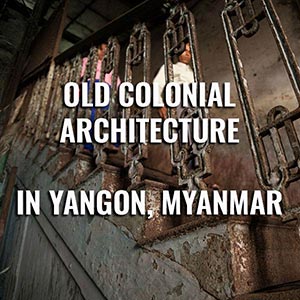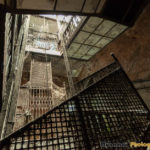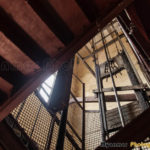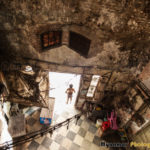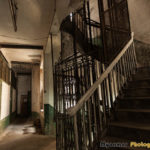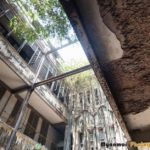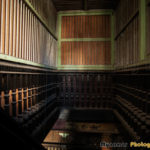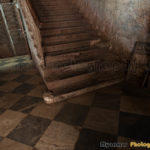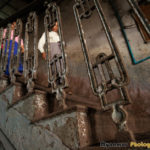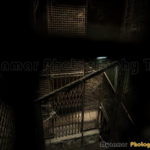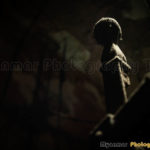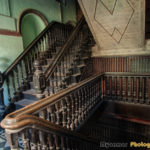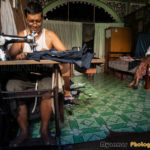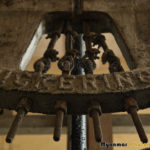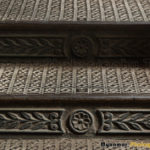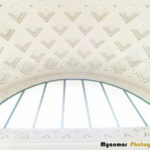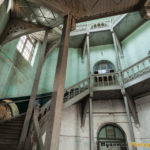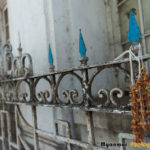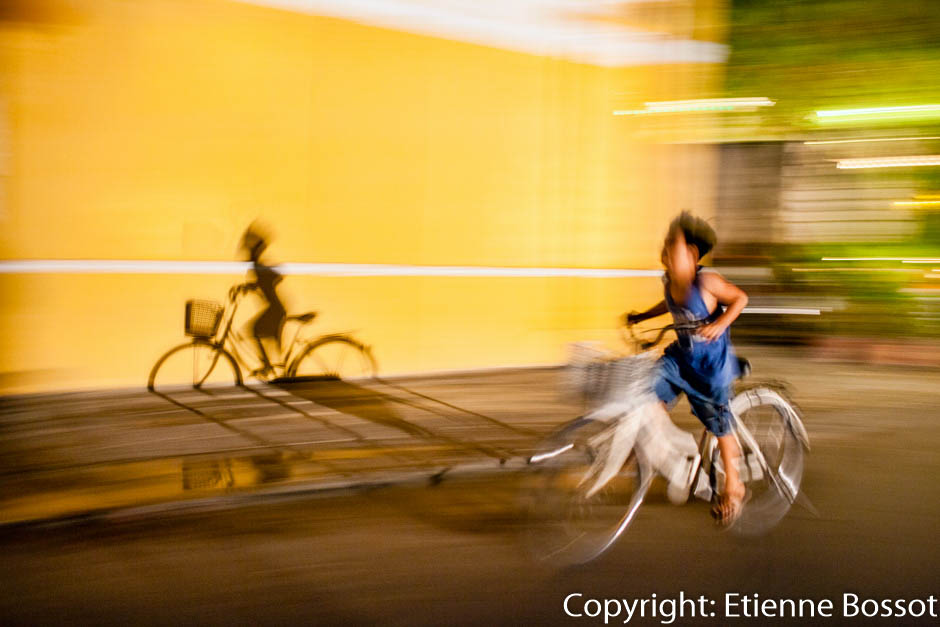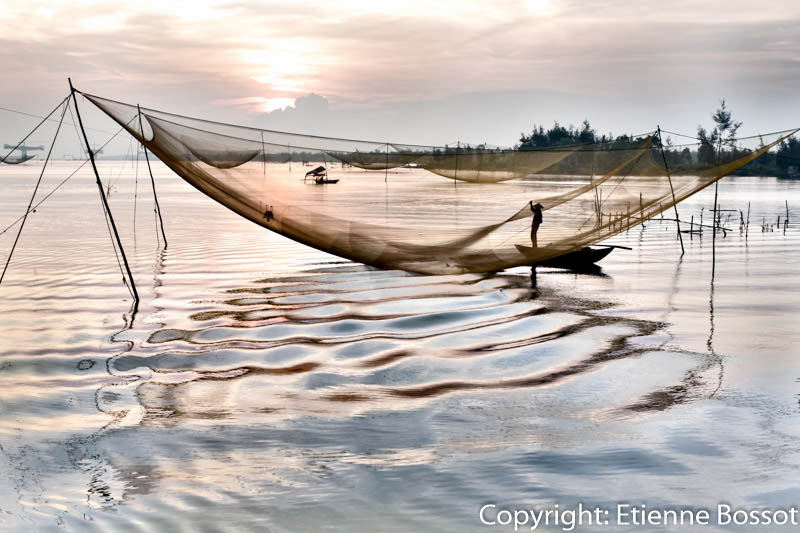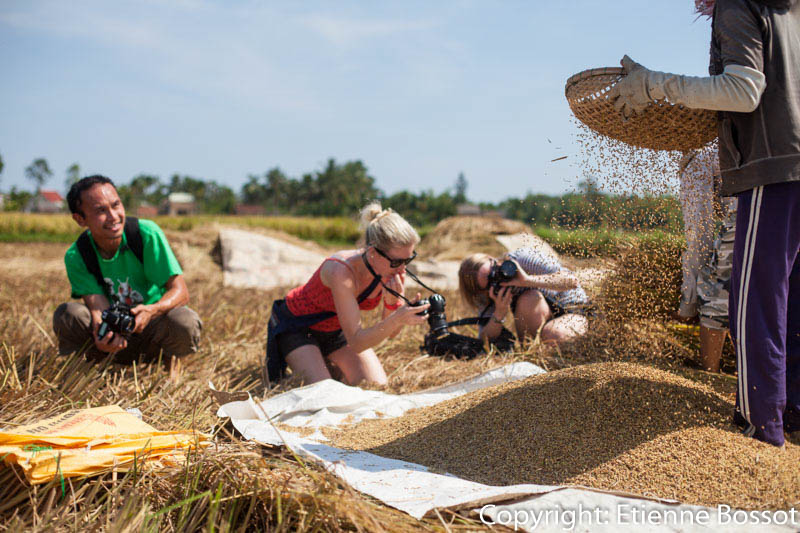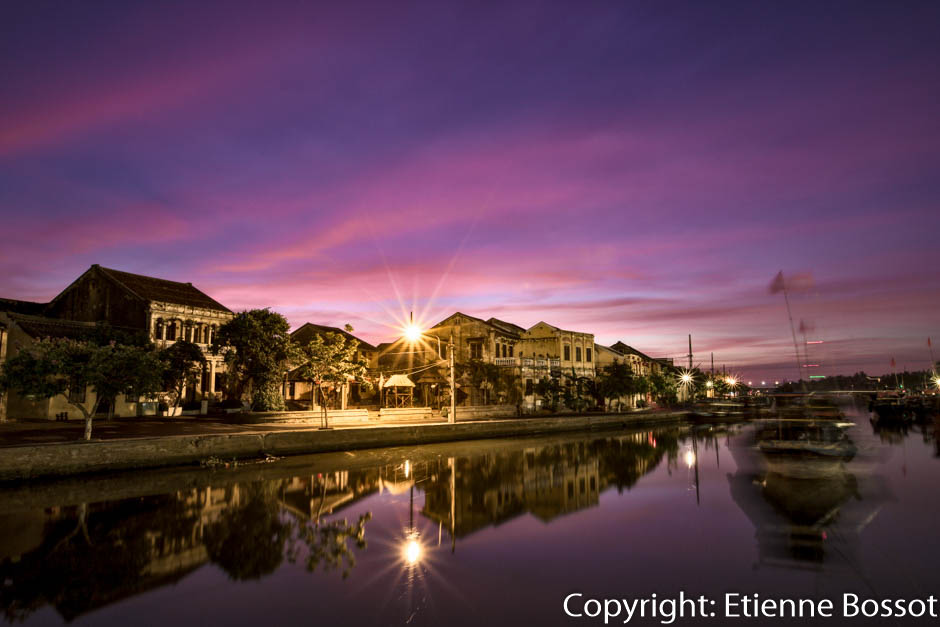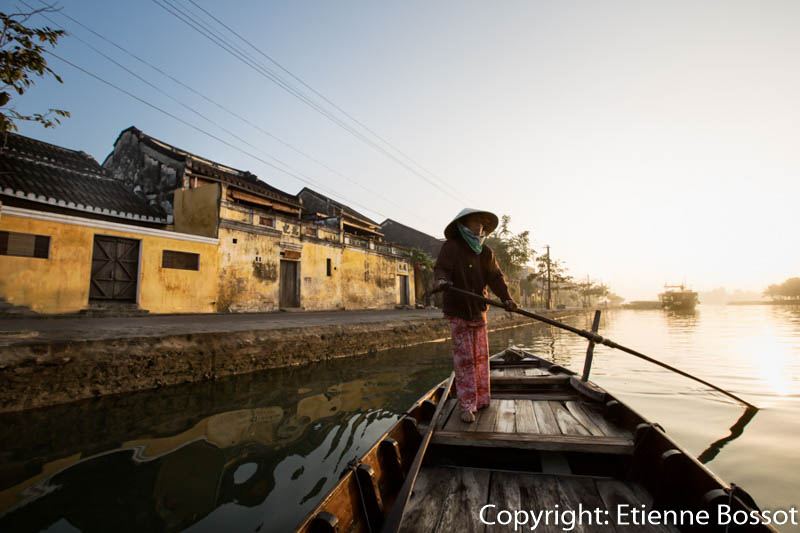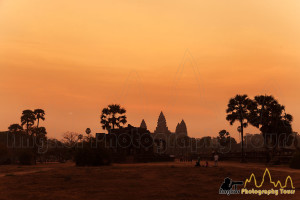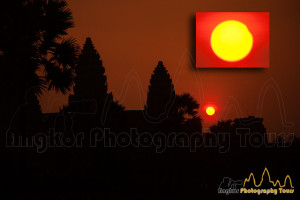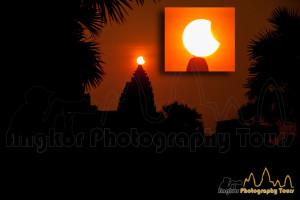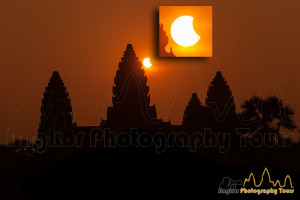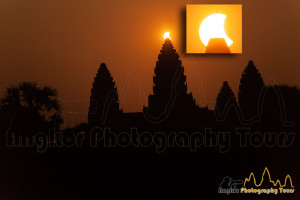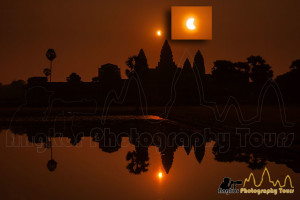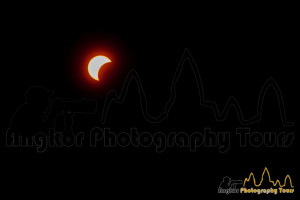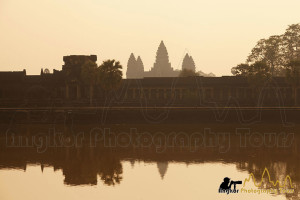Yangon is the city with the highest density of colonial buildings in South East Asia. Known as Rangoon, it was the capital of Burma between 1824 and 1948 and one of the province of the British India Empire. It witnessed a rich architectural development during this period following different styles: Art Deco, Edwardian, Victorian and British-Burmese.
Many buildings were built for Scottish companies like Burmah oil, Brothers & Co, A. Scott&Co, Messrs Bulloch Brothers & Co to name a few which operated successful businesses in oil, import/export of commodities, shipbuildings, etc…
Natural disasters (the earthquake of 1930, cyclone Nargis in 2008) and the bombings of Word War II inflicted severe damages to the city and many buildings were lost forever.
The isolation of the country for 50 years after the military coup of 1962 did not help. With all these events, it is actually surprising that so many colonial buildings are still standing today. In 2005, many government offices were moved to the new capital Naypyidaw, about 350 km north of Yangon and definitely closed.
Nowadays, many large colonial buildings are occupying downtown, along Merchand and Strand roads, and also on Pansodan street. Some of them have been renovated like Aya bank headquarters, City Hall or the Strand Hotel, a famous five stars built in 1901.
This photo essay is focusing on the beautiful and neglected colonial buildings which will either disappear or being restored in the coming years.
Because of safety concerns some places such as the Pegu Club are not open to the general public anymore. Some others, like the secretariat building, are under renovation.
Entering a neglected colonial building in Yangon is like taking a time machine and one cannot help wondering how it was back then when these places were home of powerful trading houses, banks or offices.
Nowadays, small business offices are sometime occupying premises and bring some life to these places. Some private buildings have interiors in fairly good condition and can be accessed after of course seeking the authorization from the owner.
The state of disrepair of some buildings is such that trees start growing on the walls and entire structures have collapsed.
You can spend hours wandering in the streets of Yangon looking for unlocked buildings. It is not uncommon while exploring these locations that a friendly local gives you a bit of history about the places, they understand their potential to attract tourists interested in colonial architecture.
Founded in 2012, the Yangon Heritage Trust (YHT), has for goal to identify and preserve colonial architecture in Yangon. YHT installed blue plaques on buildings with historical significance to raise awareness among the public, the first one was installed in 2014 at the City Hall.
In 2017, Yangon is at a crossroad and time will tell if authorities in charge manage to save this unique architectural heritage in South-East Asia.
